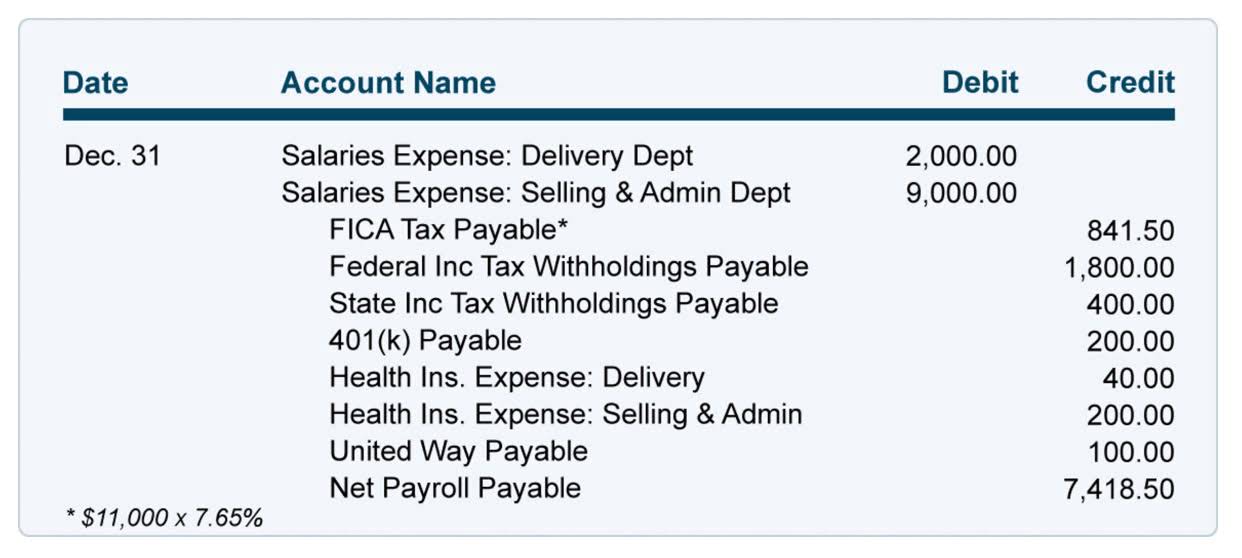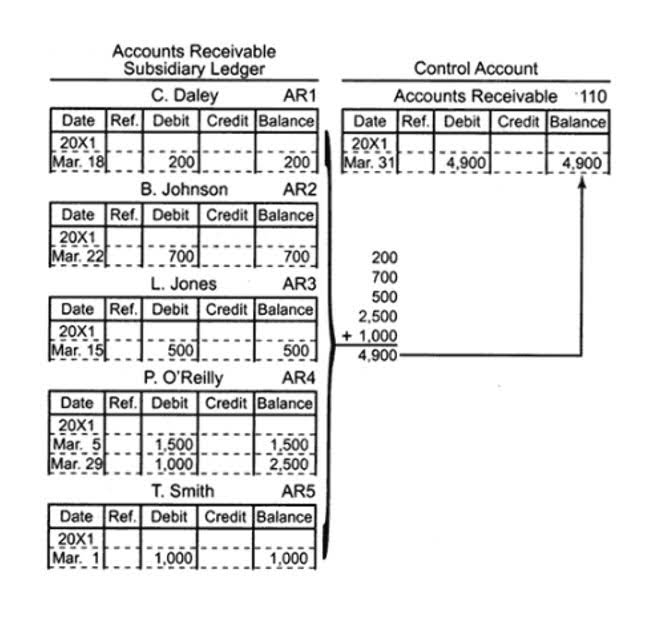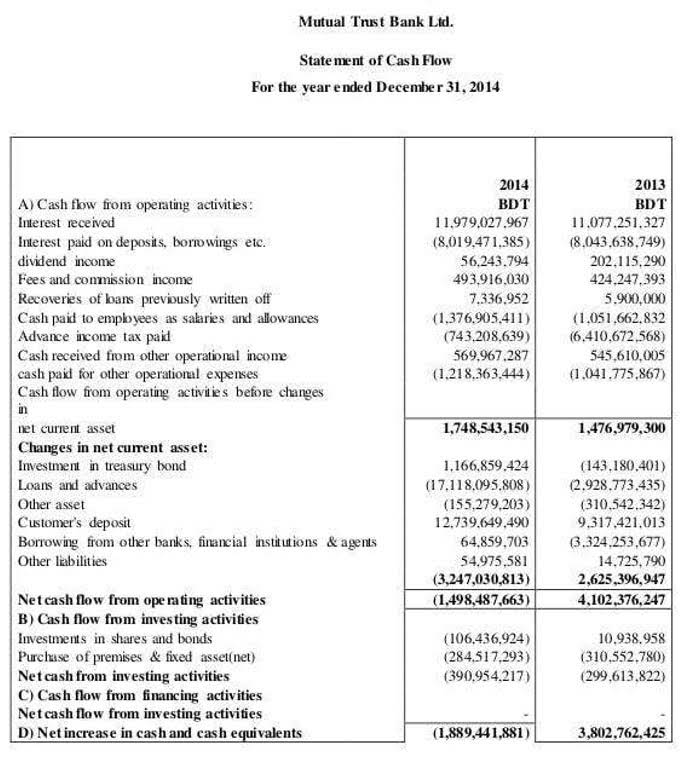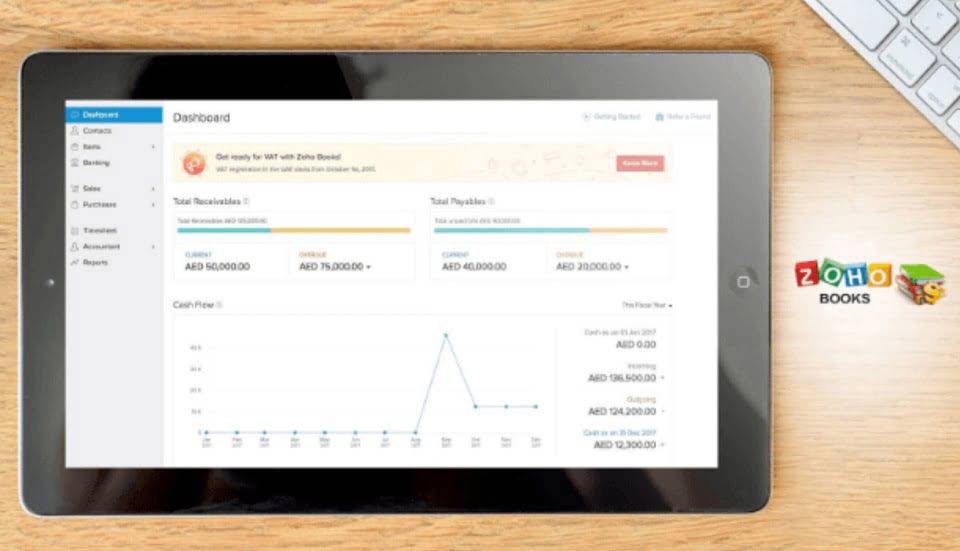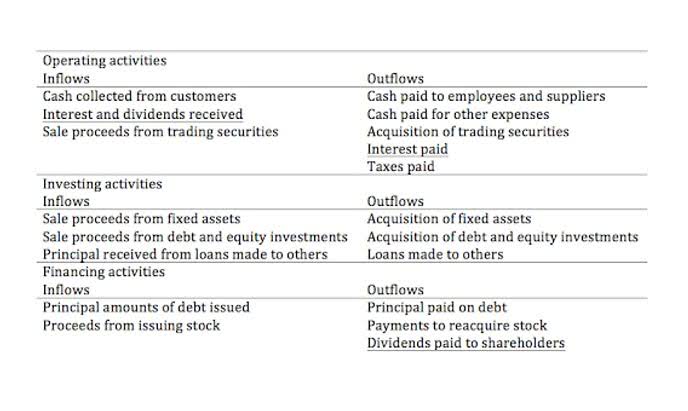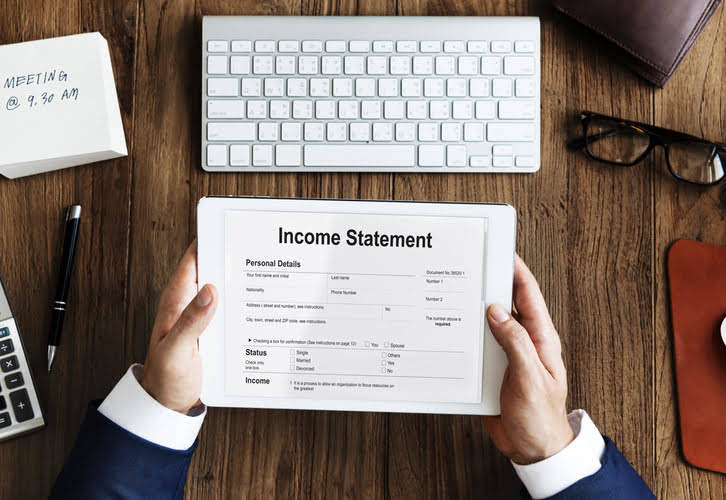On Feb 2, the journal entry to adjust inventory and record cost of goods sold account. Once sales are made, not only sale revenue and account receivable are affected by this transaction. Since this is the credit sales, the company needs to account for the account receivable by debit in the amount of USD875 and credit to sale account USD500 and USD375 and giving the total of USD875. Once the buyer identifies these problems, the buyer will normally need to return the goods and then ask for returning cash or reducing the credit balance. For example, you might offer bulk purchase discounts to large buyers but limit early payment discounts to customers who have shown reliability in the past. If the customer’s original purchase was made using credit, you recorded the original sale by increasing your Accounts Receivable account through a debit.
- If Company A offers a two percent discount on the total amount if paid within a week instead of the usual 30 days, the company records the discounted amount in its contra account as Sales Discounts.
- Contra equity reduces the total number of outstanding shares on the balance sheet.
- For example, an increase in the form of a credit to allowance for doubtful accounts is also recorded as a debit to increase bad debt expense.
- Account receivable or cash and cash equivalents should also affect whether it is the cash sale or credit sales.
- This line item is presented as a subtraction from the gross sales line item, and is intended to reduce sales by the amount of product returns from customers and sales allowances granted.
- The accounts that are related to each other (the ones with the same column heading) are said to be controlled by or linked to each other, and they share a common control account.
Sales Allowances Account
FOB Shipping Point means the buyer is responsible for shipping and must pay and record for shipping. As the seller, we will record any shipping costs in the Delivery Expense account as a debit. We will credit cash or accounts payable, depending on if we paid it or not. Those who contra revenue account are struggling with recording contra accounts may benefit from utilizing some of the best accounting software currently available. When accounting for assets, the difference between the asset’s account balance and the contra account balance is referred to as the book value.
Would you prefer to work with a financial professional remotely or in-person?
This might mean adjusting your strategies based on seasonal trends, customer feedback, or new market entrants. Because you are not immediately paying the customer, you must increase the amount you owe through an Accounts Payable entry. Our accounting firm is a professional service firm that focuses on providing expert advice in accounting and tax. They are able to provide our clients with the most accurate and reliable solutions for their particular financial/accounting needs. A control account allows you to easily follow the balances of related accounts by following the balance of the control account.
Contra revenue definition
The amount is reported on the balance sheet in the asset section immediately below accounts receivable. It’s normal for businesses to receive refund requests or returns from customers. If you offer a 5% discount on a $100 item for early payment, you’ll record sales of $95. For example, if you sold a product for $100 and it’s returned, you would record a $100 decrease in your sales revenue. Whether in-house or outsourced, utilising dedicated accounting and bookkeeping teams ensures accurate recording of contra revenue.
- Contra revenue, on the other hand, directly reduces the sales figures reported on your financial statements.
- Sales returns involve products returned by customers, allowances are deductions due to product issues, and discounts are reduced prices for early payment or bulk purchases.
- Discounts are price reductions given under specific conditions such as early payment, bulk purchases, or during promotional sales events.
- It is usually included if there are any sales returns and allowances or other type of return not recorded in the sales journal.
- Here is the entry to recognize inventory and derecognition of the cost of goods sold.
- To indicate that dual posting is necessary, a diagonal line is drawn in the P.R.
- For this reason, contra accounts are primarily seen as having negative balances because they are used to reduce the balance of another account.
Examples of Contra Revenue Accounts
As a business owner, you’ll record these returns as contra revenue because they reduce the initial sales amount reported. Sales returns and allowances is a deduction from sales that shows the sale price of goods returned by customers, as well as discounts taken by them to retain defective goods. When this amount is large in proportion to total sales, it indicates that a business is having trouble shipping high-quality goods to its customers. You can also record contra revenue within the sales account, but this means that it will be buried within the total amount of revenue reported, so that management cannot easily determine the amount of contra revenue. If your company has minimal contra revenue activity, it is acceptable to record these transactions within the revenue account. The sales returns account contains either an allowance for returned goods, or the actual amount of revenue deduction attributable to returned goods.
Sales returns occur when a customer returns goods to the seller due to some fault, while the term sales allowance is used when the buyer agrees to keep the products, but for a lesser price. We will need to keep the returned goods in the company’s warehouse and reflect this transaction correctly in the accounting records. Accounting for sales return is mainly concerned with revising revenue and cost of goods sold previously recorded. Account receivable or cash and cash equivalents should also affect whether it is the cash sale or credit sales. Recording contra revenue accurately in your accounting books is crucial for maintaining reliable financial records.
If Company A offers a two percent discount on the total amount if paid within a week instead of the usual 30 days, the company records the discounted amount in its contra account as Sales Discounts. The company would see the original amount, discounted sale, and net sales in the contra revenue account. To manage contra revenue effectively, focus on strategies that minimize these occurrences and enhance profitability. Refine your return policies to be clear yet reasonable, balancing customer flexibility with business protection.
This means if you sold an item for $100 but gave a $10 allowance for a small scratch, you’d record $90 in net sales instead of the full $100. Debits and credits are equal and opposite, so when you increase an account using a debit, you must decrease another with a credit. When the above entry was posted to the accounts receivable ledger, a small checkmark was made to the right of the diagonal line. Return of merchandise sold for cash is entered in the cash payments journal or cash book. Contra accounts provide more detail to accounting figures and improve transparency in financial reporting.
Are sales returns and allowances an expense?
It is usually included if there are any sales returns and allowances or other type of return not recorded in the sales journal. Remember, the credit terms (or terms) provides information to the buyer about when the invoice is due and if there is a discount allowed for paying the invoice early. The discount is not recorded until payment is received because the seller does not know if a buyer will take the discount or not.




